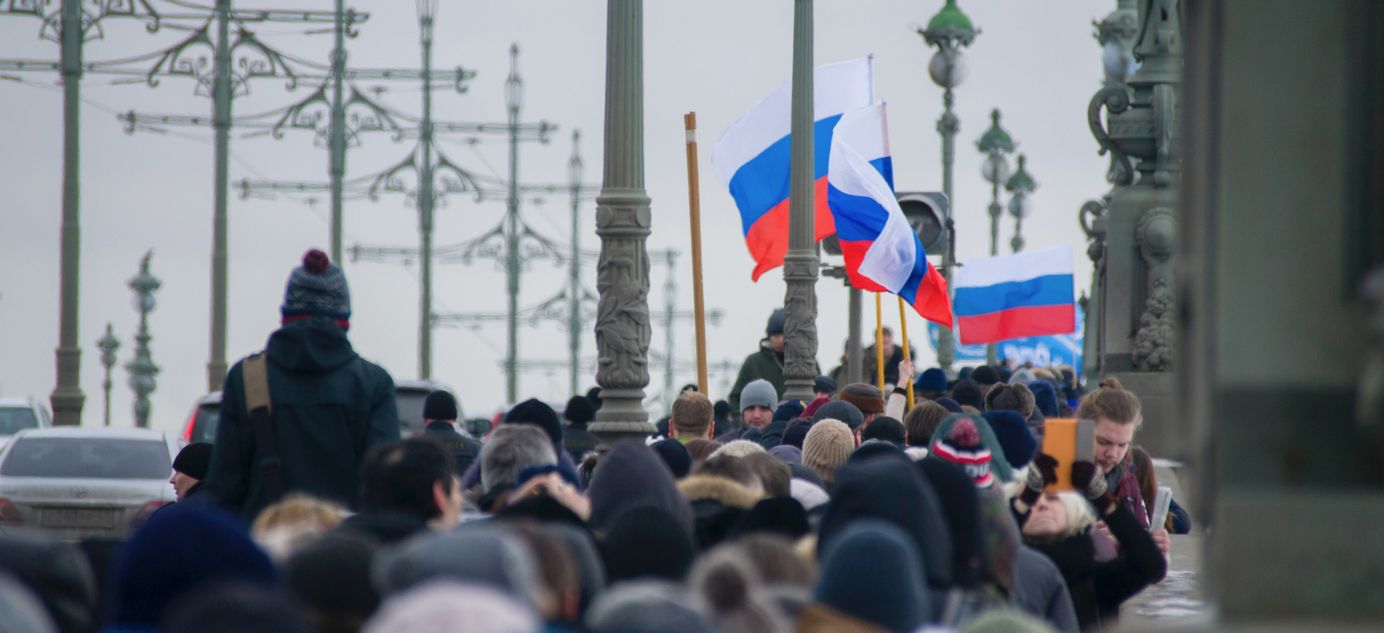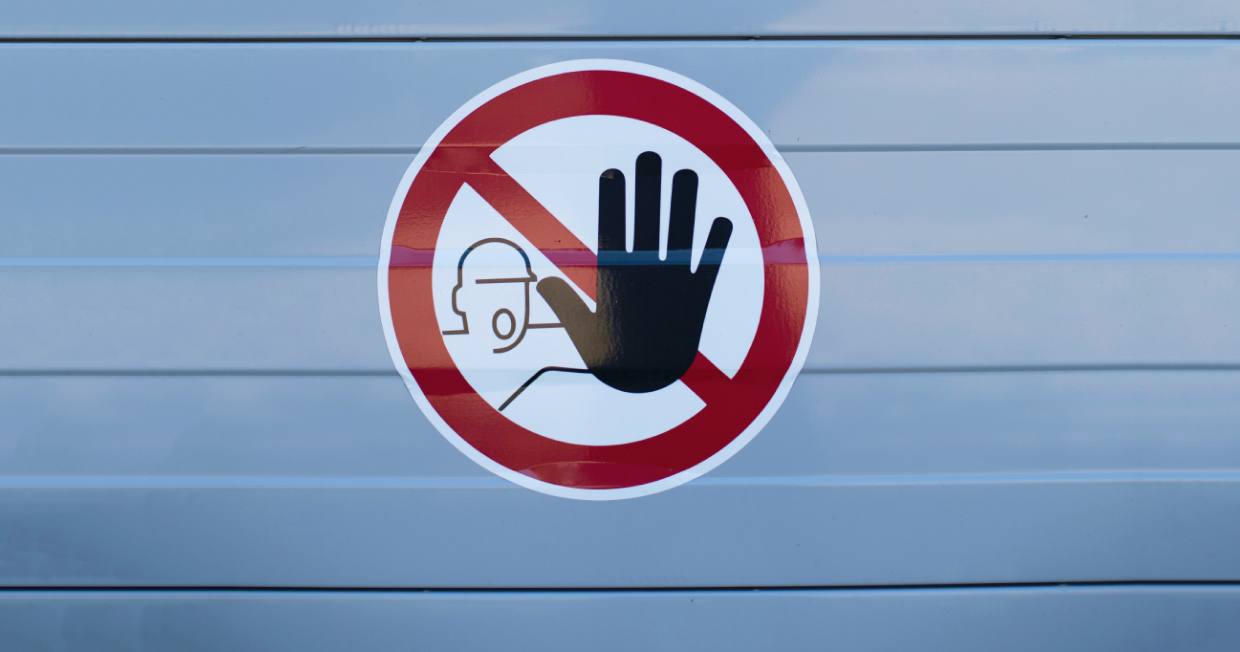
IT exodus
Hello! This week our top story is on the ongoing flood of IT professionals leaving Russia and some unsuccessful attempts to tempt them back. We also look at the very public installation of air defense systems in Moscow and the dropping price of Russian oil.
Russia’s IT exodus and the Kremlin’s futile efforts to reverse it
The outflow of IT professionals from Russia continues 11 months after the invasion of Ukraine. About 100,000 of them left last year — about 10% of the country’s total. So far, efforts by the authorities to lure them back have been largely unsuccessful.
- In late December, the Ministry of Communications said about 10% of the IT workforce left the country in 2022 and did not return. That’s more than 100,000 people. One source close to the ministry told The Bell that 35,000 fled in the spring after Russia invaded Ukraine. Then a further 70,000 to 80,000 left in September when “partial mobilization” was announced. During the first wave of emigration, men and women left in roughly equal numbers. However, in the second wave, men outnumbered women two to one.
- Data from independent observers suggests the official figures are not an exaggeration. For example, researchers in Austria looked at emigration rates among open source developers using GitHub user metadata. They reported that, by Oct. 2022, 13.2% of programmers from Russia had changed their home country in their profiles and a further 13.2% had deleted references to Russia. That’s several times greater than equivalent figures for programmers elsewhere in Eastern Europe.
- The same data also shows the most popular destinations for Russian IT experts. The biggest group, more than 10%, went to the United States. Then came Germany (7.6%), Georgia (6.2%), the Netherlands (5.3%) and Armenia (4.7%). It’s striking that, after two waves of emigration, the number of GitHub users in Georgia is up 94% and in Armenia it’s up 41%. These two South Caucasus countries are major beneficiaries from Russian emigration – in 2022, their GDP enjoyed a double digit increase thanks to an influx of well-paid and highly-qualified Russians.
- Those in the first wave tended to go to countries where Russians do not need visas. The top five destinations were: Armenia, Georgia, Turkey, Serbia and Kazakhstan. Now, however, Russian IT migration is splitting into two segments. Most rank-and-file employees are sticking to visa-free countries, but company owners are heading to destinations like Cyprus, the UAE, the U.S. and EU countries.
- Meanwhile, the Russian authorities are still keen to bring IT experts home. Parliament is currently debating a new package of measures, including the carrots of guaranteed exemption from military service and free flights to Russia, plus the stick of increased income taxes if people remain abroad. However, neither recruitment agencies, nor any of the IT staff who spoke to The Bell, have much confidence that these measures will be a success.
- Russian companies are finding it increasingly difficult to hire IT staff, according to recruiters. For example, in the fall, Diana Dmitrieva, a careers consultant with online university Skypro said that the Russian market is seriously lacking in candidates at middle and senior levels. Sources in the Human Resources sector told The Bell that, in particular, banks and IT companies were finding it harder to recruit qualified staff.
Why the world should care
The brain drain is one of the most difficult and irreversible problems Russia faces as a result of the Ukraine war. Despite the government’s efforts, each passing month makes it less and less likely that the programmers who have left Russia will ever return.
The war reaches Moscow with the installation of anti-aircraft systems
Videos that emerged on social media last week showed anti-aircraft defenses being installed on the roofs of buildings in downtown Moscow. Officially, nobody is commenting on this, but the clips were rapidly spread by — among others — pro-war and propaganda Telegram channels. In addition to any military need for the weapons, there is also a psychological aspect: residents of Russia’s capital who may have been trying to get on with their lives as if nothing is happening were given a stark reminder that their country is at war.
- Videos of air-defense systems being installed on the roofs and parks of Moscow began to circulate in mid-January. This week, there were at least six of these clips and photographs doing the rounds. Some of them show S-400 anti-aircraft systems in parks (1, 2, 3), while others show the installation of Pantsir missile and cannon systems on downtown buildings (including the Defense Ministry HQ). One of these systems appeared to have been set up 10 kilometers from one of Russian President Vladimir Putin’s residences just outside Moscow.
- There are legitimate military reasons to strengthen the capital’s air defenses. Last month, Ukraine gave the Russian military a nasty shock when it carried out a successful drone strike on airfields in Saratov and Ryazan Regions, more than 600 kilometers from the front.
- A couple of drones would not inflict significant damage on Moscow, but the psychological impact of a successful raid on the Russian capital would be huge. Moreover, the Russian military likely remembers a past scandal: in 1987, German amateur pilot Matthias Rust breached Soviet air defenses and landed his Cessna on Red Square. That was a powerful blow to the Soviet military and contributed to the collapse in public confidence in the Soviet authorities.
- However, it seems likely that the appearance of these clips also serves a propaganda purpose. This is indirectly confirmed by the fact that the clips were circulated and promoted by pro-war channels (to some extent, under official control).
- For much of 2022, while the Kremlin clung onto its fading hopes of a swift conclusion to its “special military operation” in Ukraine, the authorities tried to maintain a sense of peaceful everyday life in Russia’s major cities. Wealthy Muscovites, worried about the war and the impact of sanctions, wanted to believe that nothing much had changed — and happily joined in this game. In Moscow, even the pro-war “Z” symbol was barely visible. “In the capital city of a country at war, there is nothing to remind us that just two hours’ flight away we are engaged in a battle, the like of which has not been seen since 1945,” wrote an outraged Alexander Kots, a prominent pro-Kremlin war correspondent for tabloid Komsomolskaya Pravda, in June.
- However, September’s decision to mobilize part of the population forced the authorities to change its tune. This is no longer a professional military operation, taking place far away. Now, it’s a “people’s war.” This is visible in downtown Moscow where the “Z” symbol has begun to appear. Mayor Sergei Sobyanin, who generally tries to keep his distance from military matters, was last month obliged to travel to the front for photos with soldiers. It’s plausible that the deployment of anti-aircraft defense in Moscow is another way of reminding Muscovites that their country is involved in a real war — and that society should be rallying around the authorities.
Why the world should care
The Kremlin is redoubling its efforts to whip up active support among a population that has spent two decades being encouraged to remain passive. This year, we will find out whether the change of tactic will work. But, for the moment, the installation of air defense systems on office blocks seems crazy, especially after Foreign Minister Sergei Lavrov’s statements that Ukraine itself is to blame for the missile strike that destroyed an apartment block in Dnipro — because it had deployed anti-aircraft systems in a residential area.
Russian oil price fall shows no sign of stopping
Prices for Russian oil continue to drop and they are now about $46 a barrel — that’s almost half the price of crude benchmark Brent. At the same time, Russian oil exports have reached their highest level since April and Russian oil companies are preparing for Feb. 5 when the ban on selling oil products to European Union countries comes into force.
- Russia’s Finance Ministry last week acknowledged that prices for Russian oil continue to slide – the ministry said that from Dec. 15 to Jan. 14 the average price for a barrel of Russian blend Urals crude was $46.81. In December, it averaged $50.47 a barrel. This means that the January average will be less than $46. The average price of a barrel of Brent was about $80 in the same period.
- At the same time, Russian oil exports for the week ending Jan. 13 were up 30% on the previous week. They reached 3.8 million barrels a day, according to Bloomberg. However, Bloomberg also calculated that Russian budget revenues from oil exports increased by just 4% ($3 million) to $61 million. Meanwhile, the four-week average fell by $1 million to $87 million. The agency expects this fall to continue in February.
- The future dynamic of Russian oil prices is hard to predict. The Russian authorities expect the current discount on Urals will “stabilize” in the coming months. However, Russian exports face at least one more problem — on Feb. 5 an embargo comes into force prohibiting sales of oil products to Europe. After that, exporters will need to find new buyers for a further 1.5 million barrels a day of crude oil, and new discounts seem inevitable. In the meantime, Europe is importing more Russian diesel: in January, sales reached 770,000 barrels a day, the highest level since last March.
- Russia’s budget for 2023 assumes Urals will average $70.2 per barrel. For a detailed look at the likely impact of oil trading below $50 a barrel, see here. In brief, the 2023 budget deficit may exceed the planned 2.9 trillion rubles (2% GDP), forcing the state to borrow more or draw additional money from the National Wealth Fund.
Why the world should care
While the extended oil price fall means the financial outlook for Russia is getting more and more challenging, there is still sufficient money to allow the Kremlin to keep fighting in Ukraine for a long time yet.



